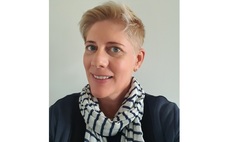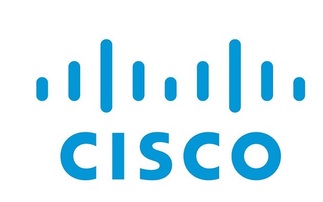Northern Ireland tops fast broadband league, while Wales gets wooden spoon
Patterns of mobile and fixed broadband use still vary significantly across the UK, according to regulator Ofcom's first communications infrastructure report. The report suggests that demand in t...
To continue reading this article...
Join Computing
- Unlimited access to real-time news, analysis and opinion from the technology industry
- Receive important and breaking news in our daily newsletter
- Be the first to hear about our events and awards programmes
- Join live member only interviews with IT leaders at the ‘IT Lounge’; your chance to ask your burning tech questions and have them answered
- Access to the Computing Delta hub providing market intelligence and research
- Receive our members-only newsletter with exclusive opinion pieces from senior IT Leaders



















